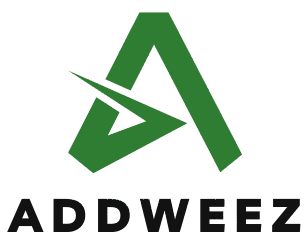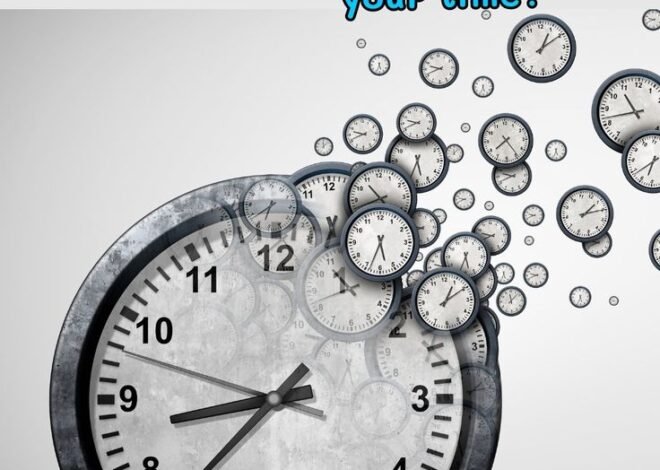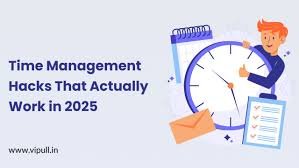
Maximizing Productivity in the Digital Age: Strategies and Tools for Success
We live in an era where efficiency is often synonymous with success. But in the midst of constant notifications, virtual meetings, and the allure of digital distractions, staying productive can feel like an uphill battle. Maximizing productivity today requires more than just hard work—it calls for smart strategies tailored to the challenges of the digital age.
This article will walk you through actionable strategies and tools to enhance productivity, helping you work smarter, not harder. Whether you’re a business professional, freelancer, or student, these insights will set you up for peak performance while reducing stress.
The Foundations of Productivity in the Digital Era
Before we explore advanced tools and techniques, it’s crucial to understand the building blocks of productivity. Productivity isn’t about cramming as much as possible into your day but rather making meaningful progress on your most important tasks. Here are three foundational principles to keep in mind:
- Prioritize
The key to productivity lies in focusing on what matters. Use the Pareto Principle, where 80% of outcomes often come from 20% of efforts, to identify high-impact tasks that deserve your attention.
- Plan
An unplanned day leads to scatterbrain efforts. Start each day with a clear game plan by organizing tasks in order of importance. Many high-achievers are proponents of time-blocking, where every task finds a specific slot on your calendar.
- Protect Your Focus
Digital distractions like social media or unending emails are major productivity killers. Establish boundaries to protect your focus, like silencing notifications during work hours or adopting a “do not disturb” mindset.
Proven Strategies to Enhance Productivity
1. Adopt the Two-Minute Rule
Sometimes, small tasks pile up to feel overwhelming. The two-minute rule suggests that if a task takes less than two minutes, do it immediately instead of putting it off. Whether replying to a quick email or filing a document, completing these micro-tasks right away clears mental clutter.
2. Break Large Tasks Into Smaller Milestones
Working on a massive project can feel daunting. Break it down into smaller, achievable pieces. For instance, if you’re writing a report, focus on completing an introduction one day, the analysis another, and so on. Accomplishing smaller milestones builds momentum and fosters motivation.
Example:
Imagine you need to organize a webinar. Instead of stressing over the entire event, split it into parts like planning the agenda, selecting a platform, and designing promotional content. Each step becomes more manageable, reducing overall stress.
3. Practice the Pomodoro Technique
The Pomodoro Technique is a simple yet effective time management method. Set a timer for 25 minutes and work on a task without interruption. Once the timer rings, take a five-minute break. After four cycles, reward yourself with a longer 20-30 minute break.
This approach creates urgency, keeps you focused, and prevents burnout. Tools like TomatoTimer or apps like Focus Keeper make implementing this technique a breeze.
Pro Tip:
Use your breaks strategically—get up, stretch, or grab a glass of water to rejuvenate instead of scrolling aimlessly on your phone.
4. Harness the Power of Morning Routines
A strong morning routine sets the tone for a productive day. Many successful professionals begin their day with mindfulness, exercise, or reading to center themselves mentally. Follow this with a quick review of your day’s priorities to build clarity before jumping into work.
Example Routine:
- 7 AM – Wake up and hydrate
- 7:10 AM – Meditate or journal for 10 minutes
- 7:30 AM – Exercise
- 8 AM – Review your schedule
5. Learn When to Say “No”
Overcommitting may lead to a packed schedule full of low-priority work. While collaboration is important, saying no to tasks that don’t align with your goals can safeguard your time for more impactful activities.
6. Limit Multitasking
Juggling multiple tasks at once may seem efficient, but studies repeatedly show it reduces overall productivity. Focus solely on one task at a time to give it the attention it deserves. Context switching wastes mental energy, so keep your focus fixed.
Digital Tools to Boost Efficiency
The digital age provides us with countless tools to structure our workflows and eliminate inefficiencies. Below are some of the best options available today:
Project Management Tools
- Trello: Ideal for visual learners, this platform uses boards and cards to help track tasks and deadlines.
- Asana: Perfect for teams, it enables task collaboration while showing real-time progress updates.
These tools prevent work from falling through the cracks, keeping everyone on the same page.
Time Management Apps
- Toggl Track: This app tracks the total time spent on tasks, helping you identify where your day goes.
- Clockify: A free, user-friendly alternative that works well for personal and team time tracking.
Distraction Blockers
- Focus@Will: Combines background music with neuroscience to improve concentration.
- Freedom: Blocks distracting websites and apps, enabling uninterrupted deep work sessions.
Note-Taking and Organization
- Notion: Combines notes, databases, and calendars in one platform, making it an all-in-one hub for your ideas.
- Evernote: Organize notes, sketches, and to-do lists effortlessly.
By integrating even a few of these tools into your routine, you can offload mental burdens and focus on achieving your goals.
Managing Energy for Sustained Productivity
Productivity isn’t just about time management—it’s equally about managing your energy levels. Here are ways to maintain consistent energy throughout your workday:
- Get Enough Sleep
Consistent, restful sleep improves focus, memory, and problem-solving skills. Adults generally need 7-9 hours per night to perform at their best.
- Stay Physically Active
Exercise stimulates endorphins, which can boost mood and cognitive function. Even a 10-minute walk around your block can enhance creativity and clarity.
- Stay Hydrated and Eat Smart
Proper nutrition fuels your body and brain. Choose light meals with protein, healthy fats, and veggies over carb-heavy or processed foods that may lead to mid-afternoon slumps.
- Schedule Breaks
Use techniques like the Pomodoro method to build intentional breaks into your day. Taking time to recharge prevents mental fatigue from dragging down your output.
Creating an Environment for Productivity
Your workspace plays a larger role in productivity than you might think. Make sure it’s designed to eliminate distractions and encourage focus.
Declutter Your Workspace
A cluttered space often leads to a cluttered mind. Keep your immediate surroundings clean and free of unnecessary items. Use organizers to store frequently used tools for easy access.
Optimize Lighting and Ergonomics
Natural light boosts both productivity and positivity. Add ergonomic features to your setup, such as an adjustable chair and monitor risers, to prevent physical discomfort that can disrupt workflow.
Eliminate Noise
If you work in a noisy environment, invest in noise-canceling headphones. Alternatively, create a playlist of focus-enhancing music or ambient sounds.
Bringing It All Together
Maximizing productivity in the digital age is about combining effective strategies with intentional use of technology. By learning to prioritize, plan, and balance your energy, you can work smarter, eliminate distractions, and accomplish more without burning out.
Begin by experimenting with one or two concepts or tools from this guide. Small changes often ripple into bigger successes. Over time, you’ll discover a personalized productivity system that matches your style and paves the way for success.


